2000 Ford Expedition Brake Rotors and Pads
Click here to search another vehicle
All Rotors:
OEM x
Coated x
Drilled, Slotted and Coated x
Front x
Rear x
All Pads:
Ceramic x
Semi-metallic x
Front x
Rear x
Found 14 record
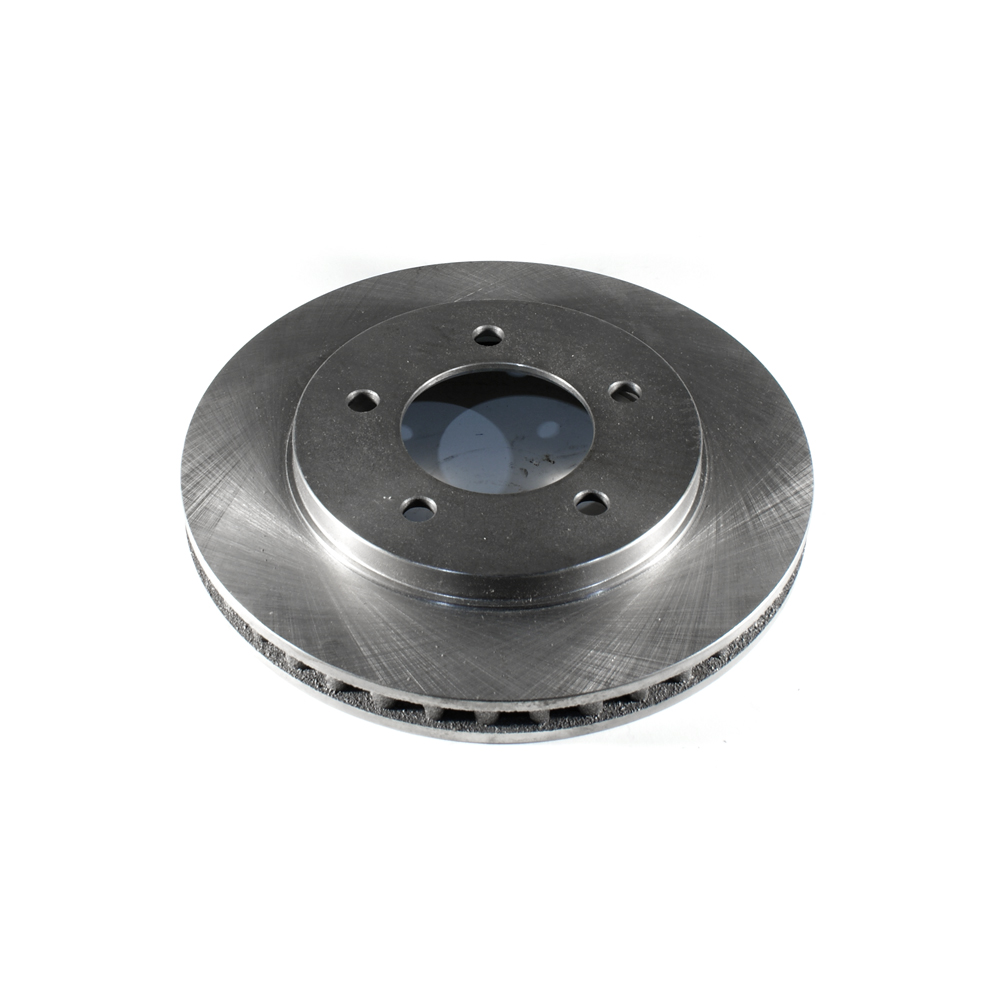
Part No: BR54044
Raybestos: 66647
OE: F75Z1125BC
Raybestos: 66647
OE: F75Z1125BC
$37.73 each
Per Car QTY: 2
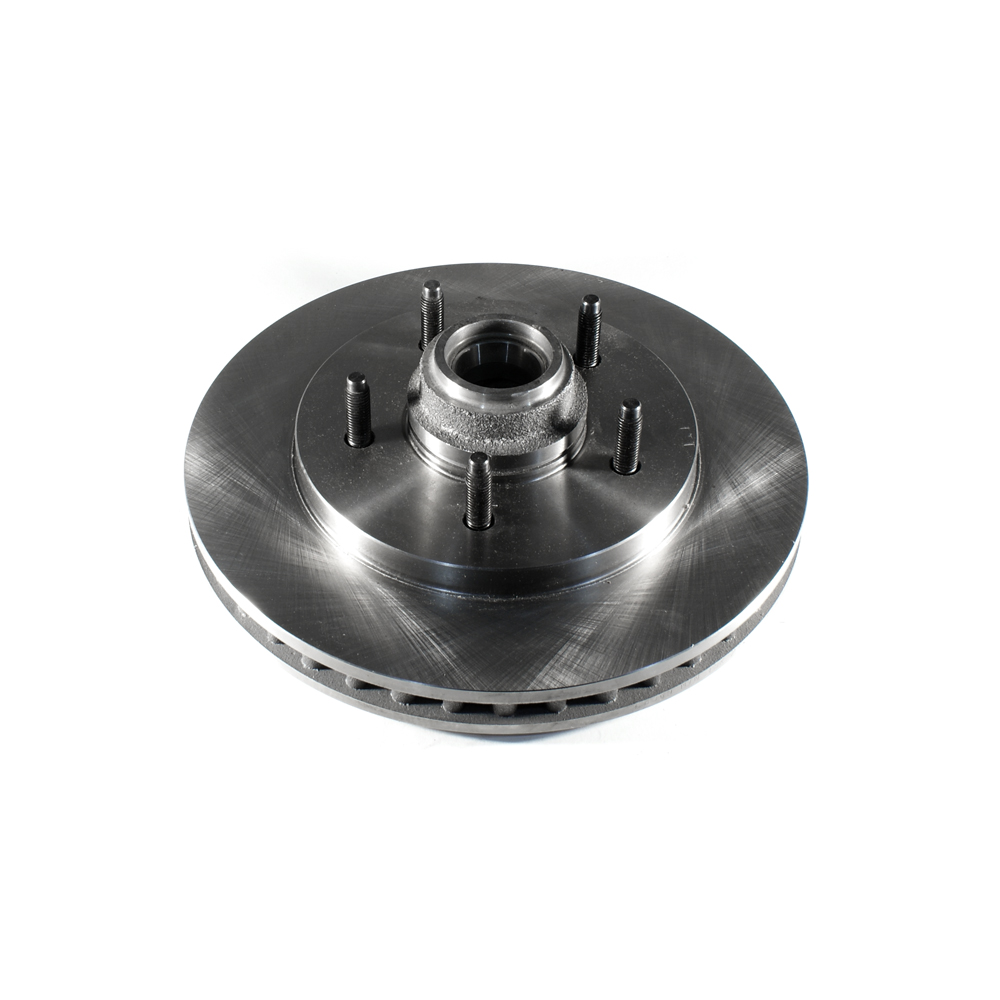
Part No: BR54050
Raybestos: 66653
OE: F75Z1102BD
Raybestos: 66653
OE: F75Z1102BD
$62.89 each
Per Car QTY: 2
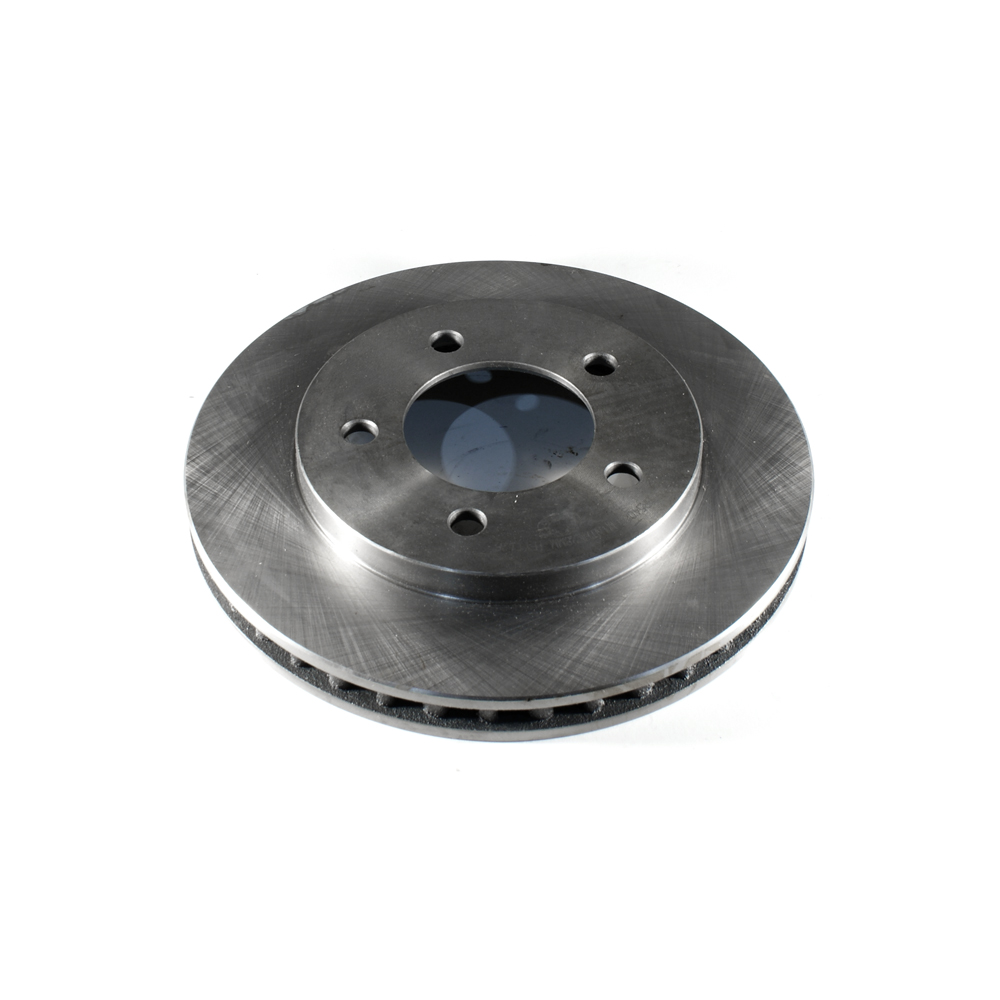
Part No: BR54080
Raybestos: 66943
OE: YL3Z1125AA
Raybestos: 66943
OE: YL3Z1125AA
$32.8 each
Per Car QTY: 2
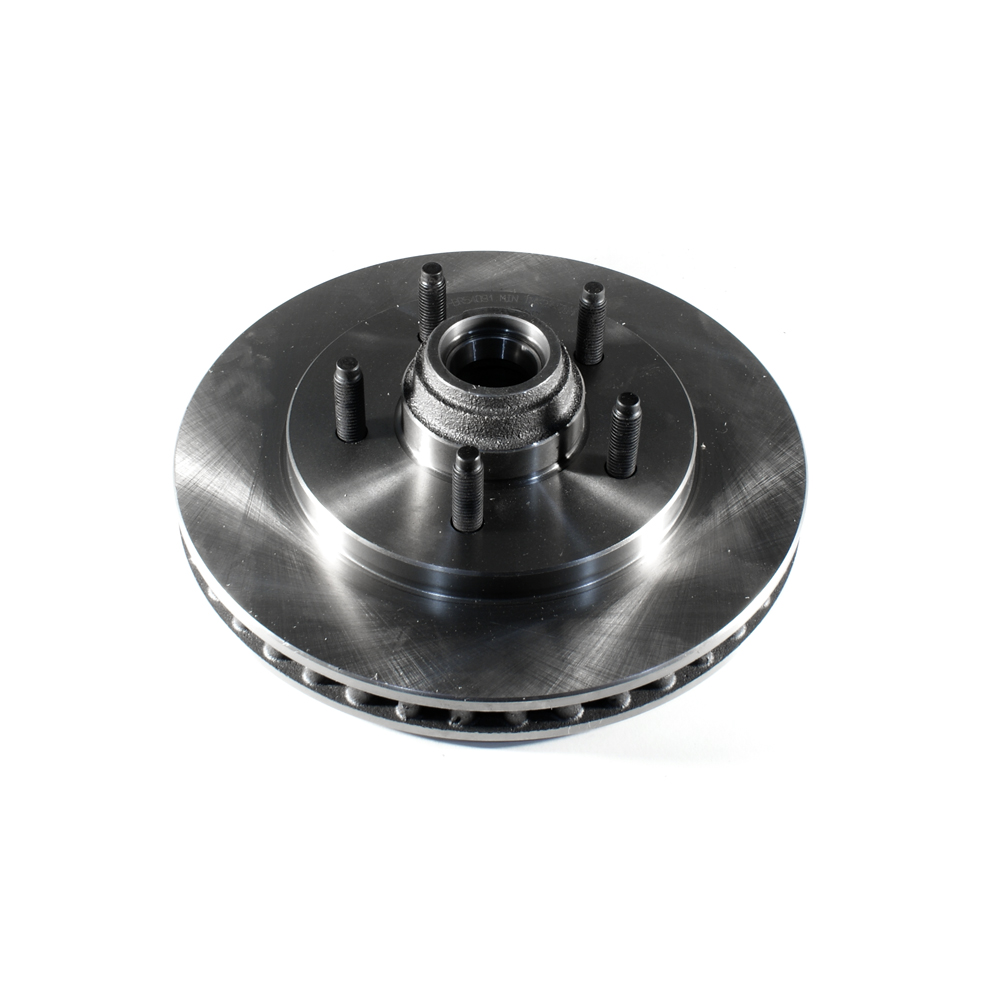
OEM Replacement Brake Rotor
Position: FRONT
Fitment Notes: 308mm, NASCAR Edition, 14mm Studs, 2-Whl ABS
Position: FRONT
Fitment Notes: 308mm, NASCAR Edition, 14mm Studs, 2-Whl ABS
Part No: BR54091
Raybestos: 66984
OE: YL3Z1102AB
Raybestos: 66984
OE: YL3Z1102AB
$62.89 each
Per Car QTY: 2

Part No: BR54047
Raybestos: 66670
OE: F75Z2C026BC
Raybestos: 66670
OE: F75Z2C026BC
$43.47 each
Per Car QTY: 2
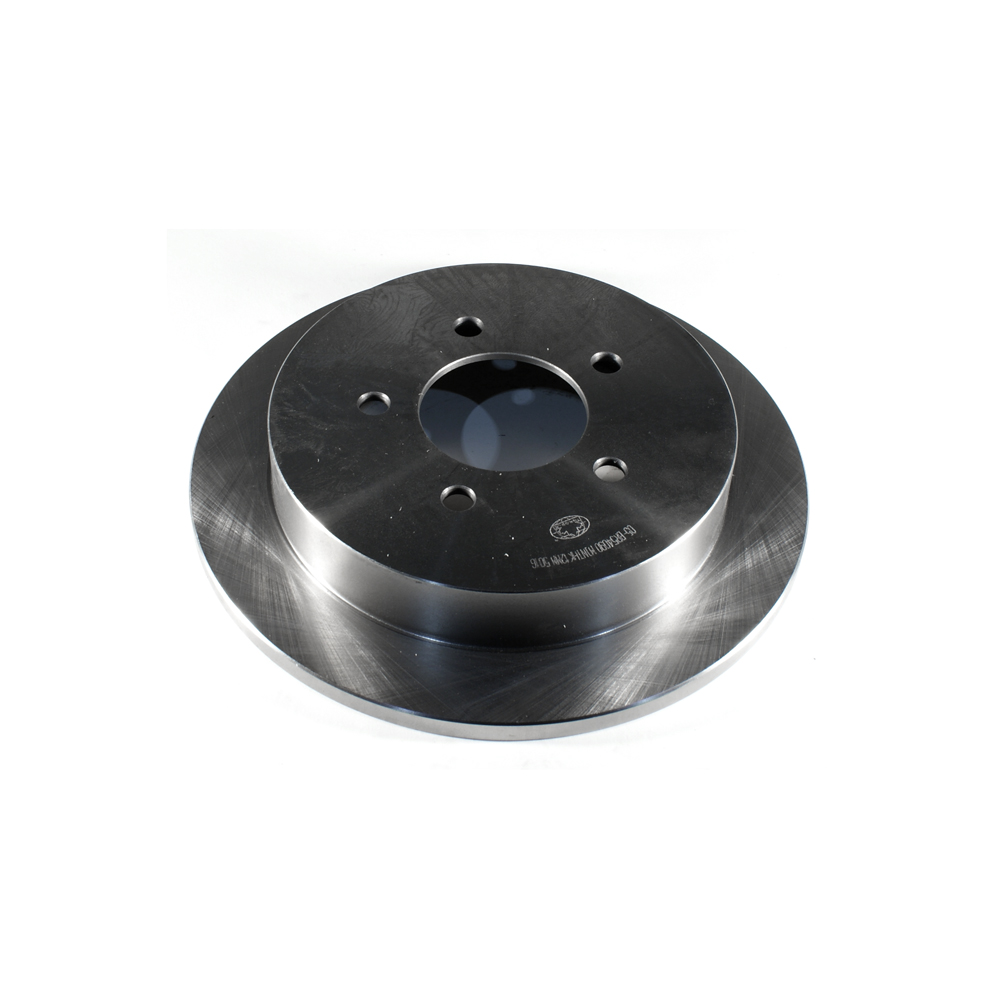
Part No: BR54090
Raybestos: 66947
OE: YL3Z2C026AA
Raybestos: 66947
OE: YL3Z2C026AA
$43.47 each
Per Car QTY: 2
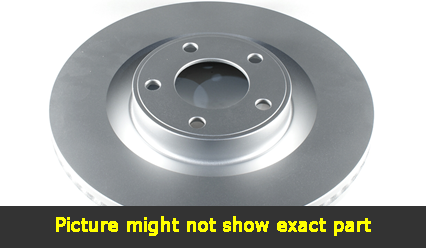
Part No: PP54090
Raybestos: 66947
OE: YL3Z2C026AA
Raybestos: 66947
OE: YL3Z2C026AA
$61.69 each
Per Car QTY: 2
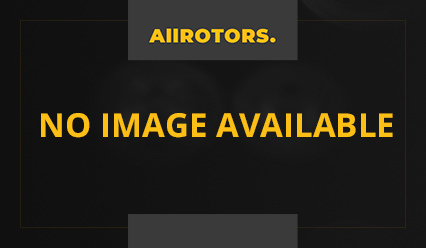
Part No: UP54090L
Raybestos: 66947L
OE: YL3Z2C026AA
Raybestos: 66947L
OE: YL3Z2C026AA
$100.39 each
Per Car QTY: 1
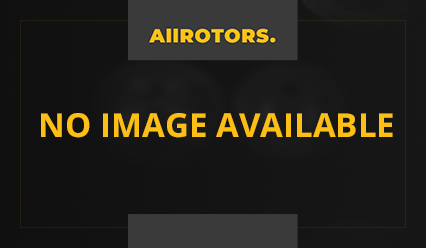
Part No: UP54090R
Raybestos: 66947R
OE: YL3Z2C026AA
Raybestos: 66947R
OE: YL3Z2C026AA
$100.39 each
Per Car QTY: 1
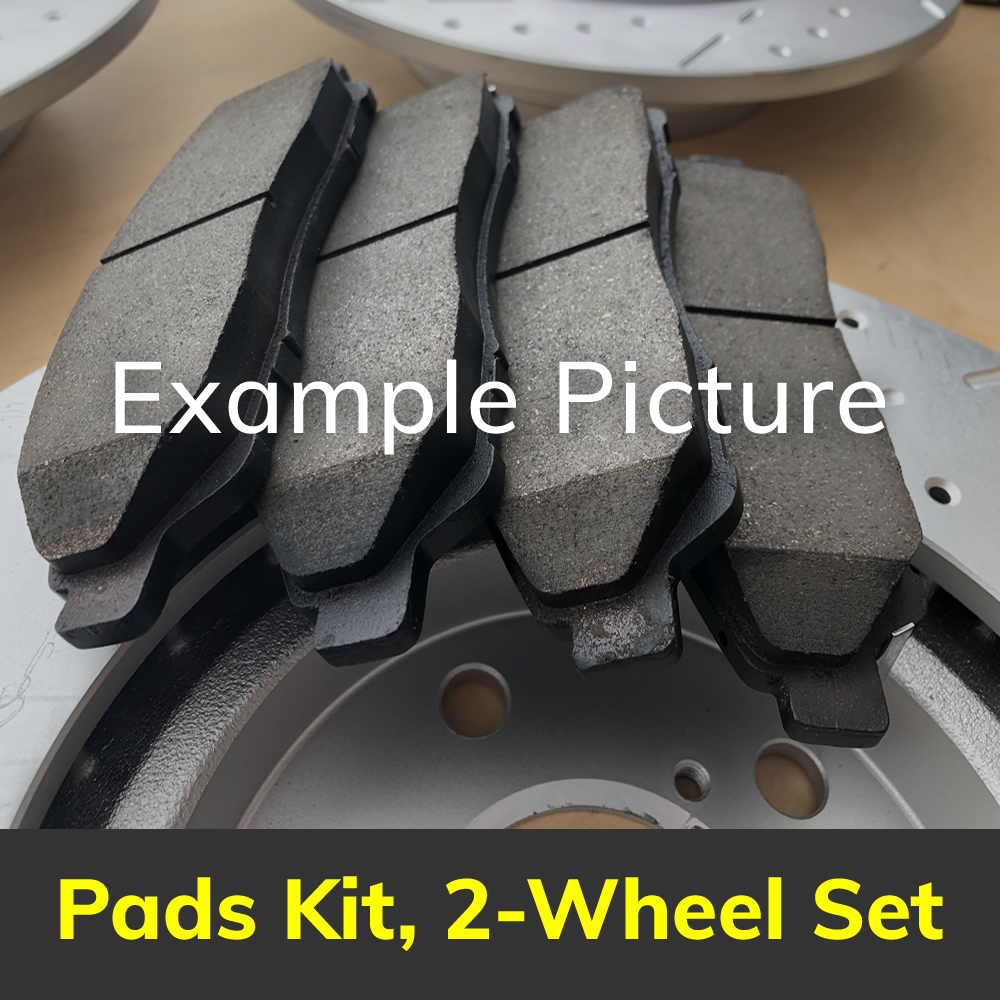
Part No: PD702C
Raybestos: 702
OE:
Raybestos: 702
OE:
$37.22 each
Per Car QTY: 1
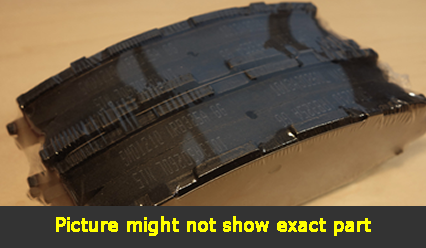
Part No: SMD702
Raybestos:
OE:
Raybestos:
OE:
$24.95 each
Per Car QTY: 1

Part No: SMD711
Raybestos:
OE:
Raybestos:
OE:
$20.95 each
Per Car QTY: 1
Brakes play a vital role in the safety and performance of any vehicle. When it comes to the 2000 Ford Expedition, having a reliable braking system is of utmost importance. In this article, we will explore the brakes used in the 2000 Ford Expedition and discuss their features, maintenance, and common issues.
The braking system in the 2000 Ford Expedition consists of disc brakes on all four wheels. This design provides improved stopping power, especially when compared to older drum brakes. Disc brakes are known for their ability to dissipate heat quickly, allowing for consistent braking performance over extended periods.
One of the key components of the braking system in the 2000 Ford Expedition is the brake pads. Brake pads are made of a friction material that is pressed against the brake rotors to slow down or stop the vehicle. Ford typically used semi-metallic brake pads in the Expedition, as they offer a good balance between performance and durability.
To ensure optimal braking performance, it is crucial to maintain the brake system properly. Regular inspection of the brake pads is essential, as they wear out over time. Signs of worn-out brake pads may include squeaking or grinding noises when applying the brakes or reduced braking effectiveness. If any of these symptoms are noticed, it is important to have the brake pads replaced immediately to prevent damage to other components of the braking system, such as the brake rotors.
Another vital component of the brake system is the brake rotors. Brake rotors are discs attached to the wheels that the brake pads clamp onto to slow down or stop the vehicle. Like brake pads, the rotors can also wear out over time due to heat and friction. Signs of worn-out brake rotors may include pulsation or vibrations felt through the brake pedal while braking. If these symptoms are present, it is advisable to have the rotors resurfaced or replaced, depending on their condition.
The brake fluid also plays a crucial role in the braking system. It serves as the hydraulic fluid, transmitting the force applied to the brake pedal to the brake calipers. It is recommended to flush and replace the brake fluid every 30,000 to 40,000 miles to ensure its optimum performance and to prevent moisture contamination that can lead to brake system failure.
While the 2000 Ford Expedition has a reliable braking system, there are some common issues to be aware of. One of the issues reported by some owners is premature wear of the brake pads and rotors. This may be attributed to various factors, such as aggressive driving habits or poor-quality aftermarket brake parts. Therefore, it is essential to choose high-quality brake components when replacing them in the Expedition.
Additionally, some Expedition owners have experienced brake line leaks due to corrosion. This is more common in regions with harsh winter conditions where road salt is used. Regular inspection of brake lines and treating rust-prone areas with a rust inhibitor can help prevent such leaks.
In conclusion, having a well-maintained braking system is crucial for the safety and performance of your 2000 Ford Expedition. By regularly inspecting and servicing the brake pads, rotors, and fluid, you can ensure optimal braking performance and minimize the risk of any potential issues. Choosing high-quality brake components and promptly addressing any signs of wear or malfunction will help keep your Ford Expedition stopping smoothly and safely for many miles to come.
The braking system in the 2000 Ford Expedition consists of disc brakes on all four wheels. This design provides improved stopping power, especially when compared to older drum brakes. Disc brakes are known for their ability to dissipate heat quickly, allowing for consistent braking performance over extended periods.
One of the key components of the braking system in the 2000 Ford Expedition is the brake pads. Brake pads are made of a friction material that is pressed against the brake rotors to slow down or stop the vehicle. Ford typically used semi-metallic brake pads in the Expedition, as they offer a good balance between performance and durability.
To ensure optimal braking performance, it is crucial to maintain the brake system properly. Regular inspection of the brake pads is essential, as they wear out over time. Signs of worn-out brake pads may include squeaking or grinding noises when applying the brakes or reduced braking effectiveness. If any of these symptoms are noticed, it is important to have the brake pads replaced immediately to prevent damage to other components of the braking system, such as the brake rotors.
Another vital component of the brake system is the brake rotors. Brake rotors are discs attached to the wheels that the brake pads clamp onto to slow down or stop the vehicle. Like brake pads, the rotors can also wear out over time due to heat and friction. Signs of worn-out brake rotors may include pulsation or vibrations felt through the brake pedal while braking. If these symptoms are present, it is advisable to have the rotors resurfaced or replaced, depending on their condition.
The brake fluid also plays a crucial role in the braking system. It serves as the hydraulic fluid, transmitting the force applied to the brake pedal to the brake calipers. It is recommended to flush and replace the brake fluid every 30,000 to 40,000 miles to ensure its optimum performance and to prevent moisture contamination that can lead to brake system failure.
While the 2000 Ford Expedition has a reliable braking system, there are some common issues to be aware of. One of the issues reported by some owners is premature wear of the brake pads and rotors. This may be attributed to various factors, such as aggressive driving habits or poor-quality aftermarket brake parts. Therefore, it is essential to choose high-quality brake components when replacing them in the Expedition.
Additionally, some Expedition owners have experienced brake line leaks due to corrosion. This is more common in regions with harsh winter conditions where road salt is used. Regular inspection of brake lines and treating rust-prone areas with a rust inhibitor can help prevent such leaks.
In conclusion, having a well-maintained braking system is crucial for the safety and performance of your 2000 Ford Expedition. By regularly inspecting and servicing the brake pads, rotors, and fluid, you can ensure optimal braking performance and minimize the risk of any potential issues. Choosing high-quality brake components and promptly addressing any signs of wear or malfunction will help keep your Ford Expedition stopping smoothly and safely for many miles to come.


